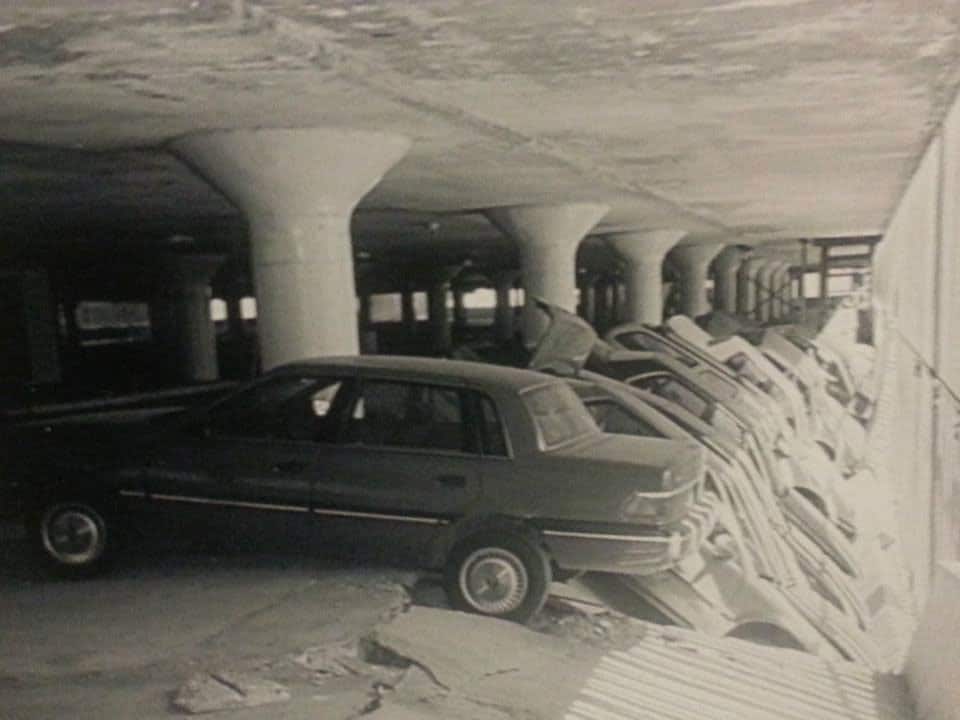 Just knowing how the chess pieces move won’t win you the game. In fact, learning the process is just the beginning. You must learn the strategies of the game to be more likely to win.
Just knowing how the chess pieces move won’t win you the game. In fact, learning the process is just the beginning. You must learn the strategies of the game to be more likely to win.
When it comes to parlor games we all know this to be true. But when it comes to building a consumer packaged goods (CPG) brand, it’s easy to focus on what you think your immediate step should be. Without first understanding the end game, and the philosophies and strategies to get there, you may choose a process which will lead you into big trouble!
Recently we met a young entrepreneur with a consumer packaged product. He thought it should be in a big box chain, so he studied how to fill out the proper forms, he met with the buyer, and he was successful! He and his backers were jubilant! They all thought, “Now that we have our product in this big box chain, we will see massive sales! And we’ll be rich!”
But within months, the celebrating died along with sales. Why? The buyer said, “Based on the scan data (UPCs measured at the registers), it just wasn’t selling fast enough to justify shelf space.” It was like knowing how the chess pieces move but being checkmated in 4 moves. Our friend simply did not understand the retailer’s requirements and the strategy required to gain the reorders necessary to stay in the store. Just getting in wasn’t enough.
Here’s is what happened to him:
- He learned how to get into the account alright, including filling out the forms, identifying the buyer, making an appointment, presenting his product, getting the shelf space, and more…
- He mistakenly thought that he knew enough to choose the right retailer for his product at this early stage, when actually, this crucial choice required philosophical and strategic knowledge that he lacked.
- He also mistakenly thought that just because he followed the cut-and-paste process of how to get in, he would be a big success in that particular chain. Following the process got him in, That’s all. But now he was vulnerable!
- Because his product sold slower than the retailer required (even though he may have eventually picked up traction) he was discontinued forever from that big retail chain.
- Now that he had the reputation of being a “nonstarter” and a “slow mover” with one big retail chain, other big retailers were much less likely to give him a chance.
Here’s what we believe you should do before you begin the process, and certainly before you choose a chain to be in:
- Thoroughly understand and respect the basic retail philosophy: Maxmize their shelf space investment with high turn items. This means your product must scan out the front door in every outlet where it is for sale. And you must know how many scans per month are required to stay in the chain!
- Realize that in order to do the above, you must understand what it takes on your end, whether its advertising, merchandising, removing the sales stoppers, in-store demonstrations, or physically bringing people in to buy your products. You, and no third party, are responsible for the movement of your product.
- Start Small. Make your mistakes in a small manageable area. Learn what the sales stoppers are and how to remove them. Discover when you can afford the cost of sales and merchandising in a large chain. Get your act together before you take it on the road.
If your end game is to become an acquisition target, your first move must be to be get the reputation of being a “hot mover,” even if it’s with smaller, local retailers. Your good reputation will open the doors to the bigger retailers. In the process, your will have acquired the street savvy that will help you choose the right big retail chain, the one you can manage, and be a “hot mover” there. Make the right moves and win the game!

